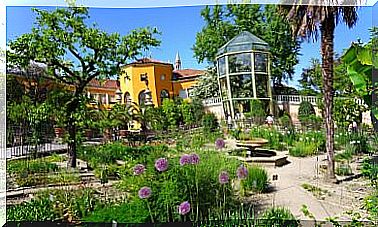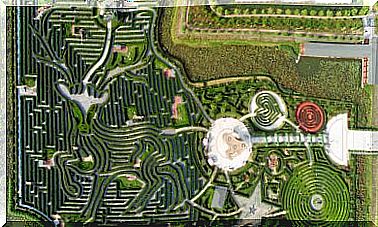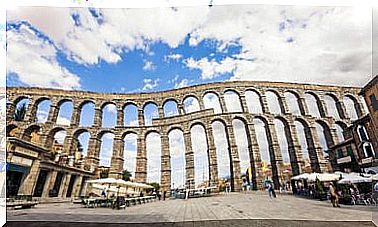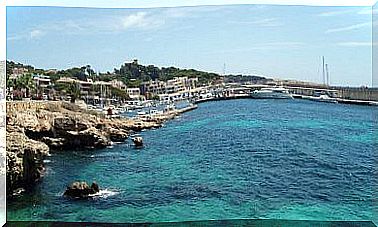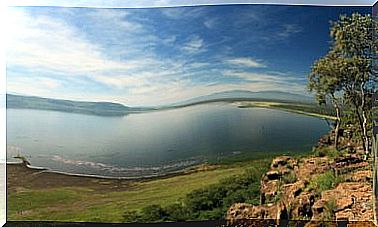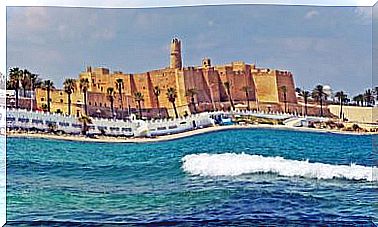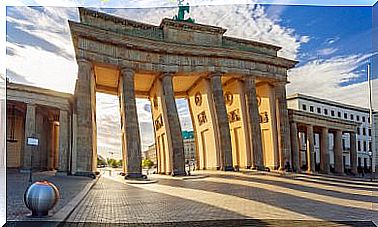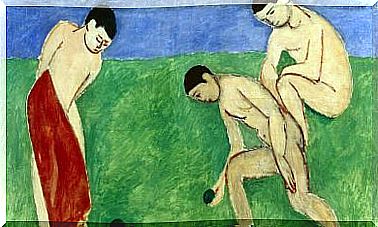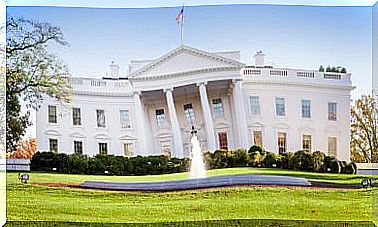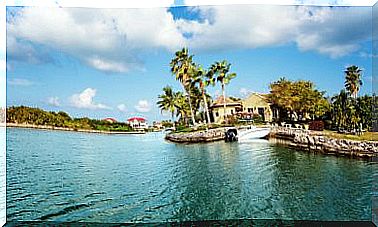Carmona, A Jewel In The Province Of Seville
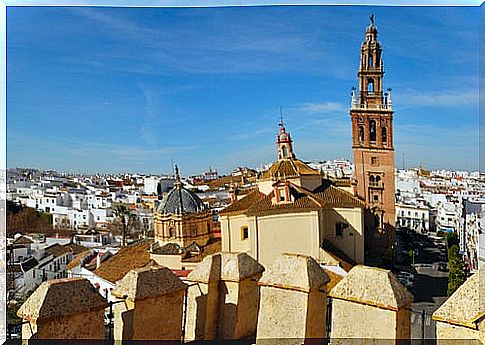
Its location on the map adds more reasons to know this Spanish town. We find Carmona just 30 minutes from Seville, on the Vega del Corbónes hill. To complete the proposal, opposite is one of the most spectacular viewpoints in Andalusia.
Brief history of Carmona
To talk about the personality of this city, we must mention its history, since what has happened in it over the centuries has forged the character it has today. It is said that it was founded by the Tartessians more than three thousand years ago. Later it was populated by Phoenicians and Carthaginians.
In Roman times it was an important point of Baetica, a producer of ceramics and known as Carmo. But it is Julius Caesar who builds a walled enclosure and grants him the privilege of minting his own currency.
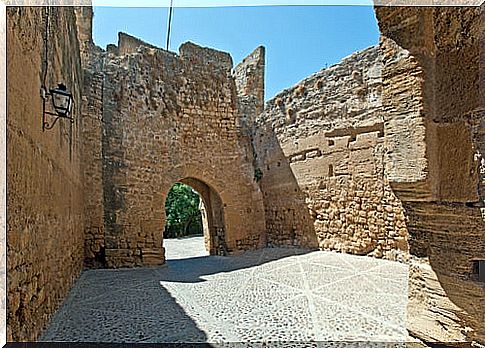
In ancient times, the city was endowed with a forum, theater and amphitheater, as well as thermal baths. In 712 Carmona is conquered by the famous Moorish leader Muza ben Nusayr, who made it the capital of one of the smallest provinces of Al-Andalus.
From now on, those who conquered it did their part in the construction of monumental buildings, to make it their kingdom. Various fortresses, mosques, fortifications and palaces were built.
After the 1504 earthquake, Carmona had two centuries of strong growth. It is at that time convents, temples and palaces of noble families were built. In 1630, King Felipe IV granted it the title of city.
What to see in Carmona
Alcazar Gate of Seville
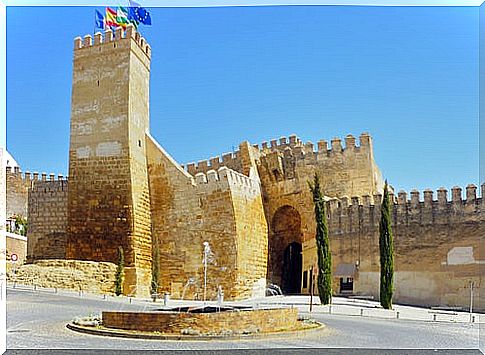
It is a historic building and one of the most emblematic monuments of Carmona. It was built to defend the weakest point in the city. Among its highlights are the Torre del Homenaje and the Torre del Oro, from where you can enjoy beautiful panoramic views.
Alcazar of King Don Pedro
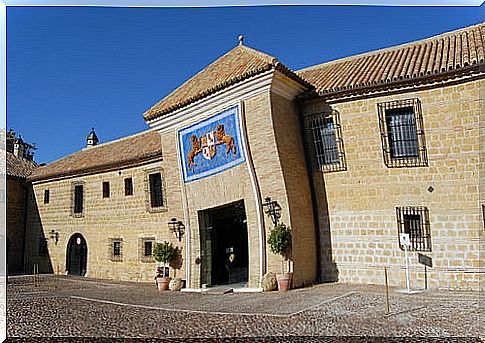
Also called “Alcázar de Arriba”, it was built to be the residence of the Taifa king of Carmona and restored in the 14th century by King Pedro I of Castile. The Parador Nacional de Turismo is behind its horseshoe arch. Its parade ground and its large terrace stand out from where you have excellent views.
Convent of Santa Clara
This is one of the unmissable visits to Carmona. It is located in the historic center. It was built in the 15th century and underwent several renovations of different styles in the following three centuries. The interior of the temple stands out, with a single chapel and surrounded by paintings and images, and its lookout tower dating from the 18th century.
St. Peter’s Church
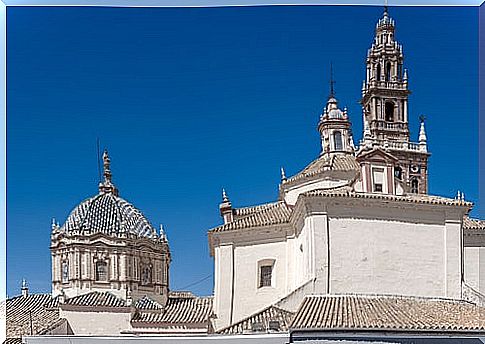
It was built between the 15th and 18th centuries and highlights the Giraldilla, a tower built in 1783. Inside it is interesting to see the Baroque dome and the choir, the 16th century glazed baptismal font and the sacramental chapel, in the Baroque style, the work of Ambrosio de Figueroa.
Priory Church of Santa María
It is located next to the museum. It is a Gothic temple dating from 1427 that was built over the main mosque. The main altarpiece, in Renaissance style, and the Patio de los Naranjos stand out, built in the enclosure of what was the ablution patio of the old mosque.
San Fernando Square
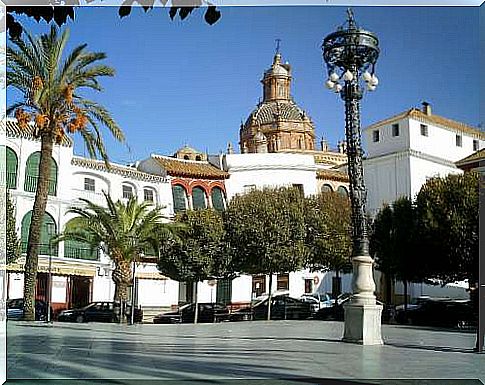
Also called the “plaza de arriba”, it is located on an ancient rectangular Roman forum. Here a circular plaza with terraced houses was adapted from where the main families watched bullfighting shows, processions and executions. In its surroundings, the Casa de la Antigua Audiencia, the Madre de Dios convent and the Town Hall stand out.
Interpretation Center and City Museum
They are located in what was the house of the Marquis de las Torres, a building dating from the 16th century. Here objects ranging from prehistory to recent times are exhibited, in a journey through all the cultures that once inhabited Carmona.
Roman vestiges
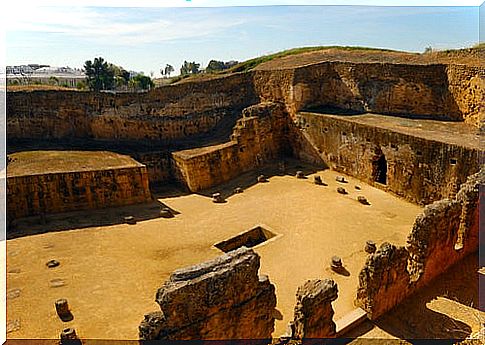
Away from the historic center are the amphitheater and the necropolis, two important Roman remains that you cannot miss.
The necropolis was discovered at the end of the 19th century, in it you can see hundreds of burial chambers excavated in the rock, with cave paintings more than 2000 years old.
